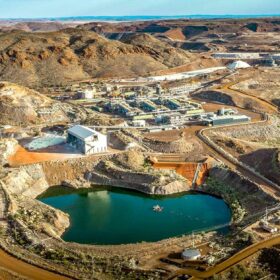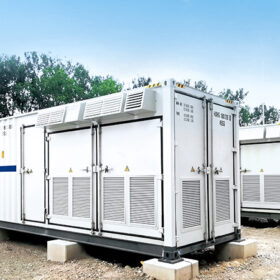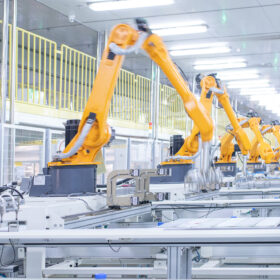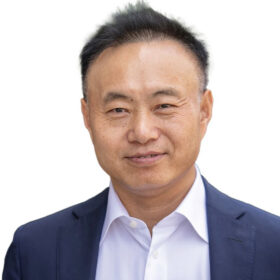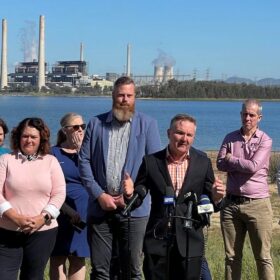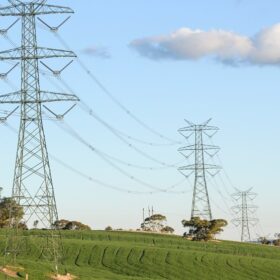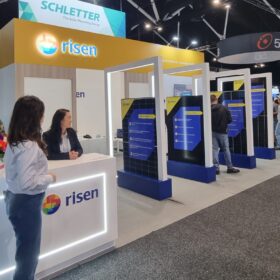Australia warned of over-mining risk in rush to secure critical minerals
Australia is at risk of over-mining key transition minerals by relying on “overblown” demand assumptions, according to a new report which warns policy steps to encourage responsible and sustainable use of critical minerals, such as improved battery recycling, are being ignored.
Sungrow steps up supply agreements in Australian market
Chinese solar and storage technology manufacturer Sungrow has strengthened its commitment in Australia, inking new distribution agreements that will deliver at least 550 MWh of the company’s energy storage system solutions and 250 MW of its inverters into the Australian market.
Strong revenue growth for biggest Chinese solar panel makers in Q1
JinkoSolar, Long, JA Solar, and Trina Solar have all reported impressive growth figures for the first quarter of this year.
Weekend read: Solar’s supply-chain pioneer
Zhengrong Shi and his company, Suntech, are true pioneers of the Chinese solar industry. While Suntech burned bright, and eventually flamed out, under Shi’s leadership, the company’s solar ecosystem and innovation persist as China’s PV market surges past 100 GW(AC) today.
Feds launch national body to seize clean energy opportunities
A new national authority to help plan and coordinate Australia’s transition from fossil fuel production and associated industries to a renewables dominated economy has been unveiled ahead of next week’s Federal Budget.
AMEC targets social licence with transmission planning reform
The Australian Energy Market Commission says the regulatory process for new transmission network projects must be overhauled to strengthen social licence and speed up the multi-billion-dollar expansion of the grid that is critical to the transition from coal to renewables.
Risen rolls out new n-type panels in Australian market
Chinese solar module maker Risen Energy has launched two new n-type panels into the Australian market, targeting both the rooftop and large-scale PV markets.
It’s the Liddell things that matter
AGL Energy last week shut its Liddell coal-fired power station in the Upper Hunter, ending generation from the site after more than five decades. Cornwall Insight Australia energy market analyst intern Darshitha PP takes a look at how the grid coped after the unit went offline.
Australia edged by China with cost of capital for utility scale PV
The International Renewable Energy Agency has released new data on the cost of capital for solar PV, onshore and offshore wind in the period between 2020 and 2021. Results show that Australia has the second lowest cost of capital in the Asia Pacific region at 4.6%, beaten out by China at 3.9%.
Construction begins on solar cycling path in Netherlands
Local government in the Dutch province of North Brabant will deploy a 500-metre-long solar array on a bike track and test its performance over a five-year period. The PV system will be integrated into the asphalt top layer and will consist of 600 solar panels of an unspecified type.
